Coach's Corner
Why early talent identification is key to international excellence?
In the following interview Dr. Oleksander Krasilshchikov talks on array of topics. Olke describes his long career in sports, his first assignment in India, the talent selection process, key abilities that athletes need to develop to compete at the highest level, sports physiology, talent identification programs and much more.
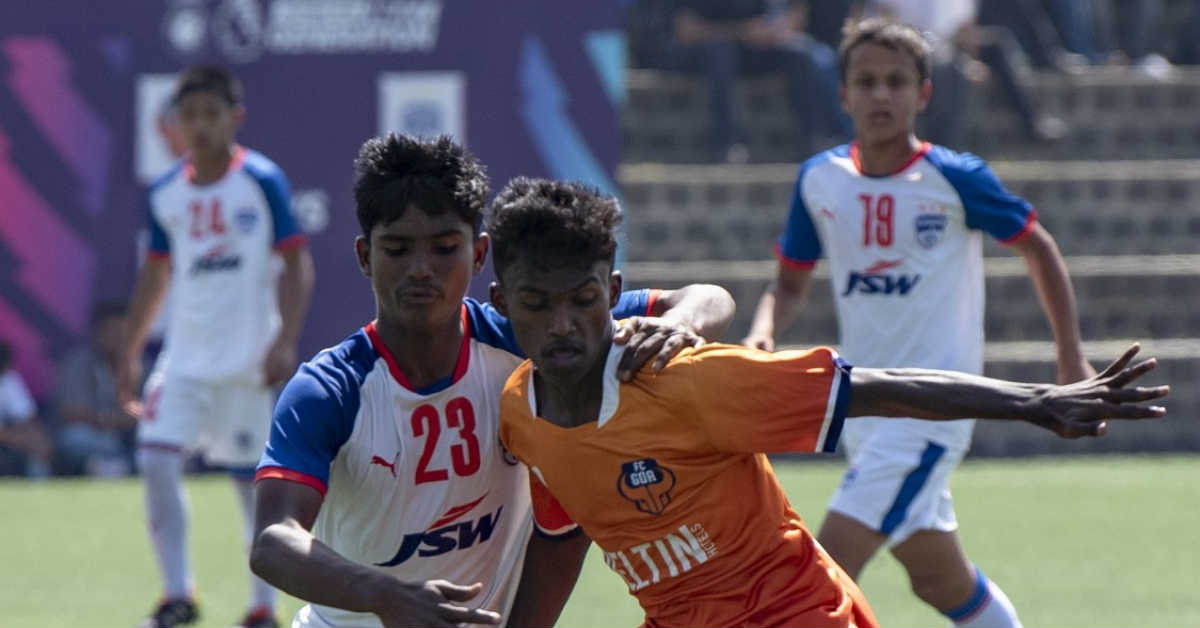
Dr. Oleksander Krasilshchikov or Olke as he is fondly known is a Professor of Exercise and Sports Science at Universiti Sains Malaysia. He is also a Consultant High Performance Specialist at the High Performance Academy in Nadiad, Gujarat, India.
In the following interview with Imran Nadaph, Olke talks on array of topics. Olke describes his long career in sports, his first assignment in India, the talent selection process, key abilities that athletes need to develop to compete at the highest level, sports physiology, talent identification programs and much more.
Imran (IN): You've had a long and distinguished career in sport, spanning across four countries: The Soviet Union, Ukraine, Malaysia, and India. How did your journey start and evolve over time?
Dr. Oleksandr (OK) - I was born in the Soviet Union, and Ukraine was a part of it. My family was very active physically, and so, naturally, I was also introduced to sports. My journey started as an athlete; I was into swimming for 3-4 years and into kayaking.
I was a promising athlete as a junior and, later on, I was a subject in sports science research. I was thus exposed to sports science from both angles, as a subject and as a participant. This got me interested in coaching. I acquired a degree in coaching and did a post-graduation in sports training methodology. This led me to a career in teaching. As my job also involved a bit of research, I eventually found my avenues in teaching and research in sports.
IN – How do you manage to balance both, your role as a professor at the university and your field consulting assignments, such as the one in Nadiad?
OK - As I mentioned earlier, both academics and research were part of my career, although in different proportions and at different times. Along with teaching, I was always involved in sports science research. In fact, if I wasn't involved in research, my teaching would have been more theoretical. Interestingly, these two roles kept feeding each other.
IN - Your first assignment in India was way back in 1988. It's been 30 years now. Reflecting on your experience with various projects in India, what are some of the most important changes in Indian sports that have had a significant impact on Indian athletes and their performance?
OK - Yeah, it's hard to believe that it has been 30 years. My first assignment in India was from 1988 to 1990 wherein I worked on developing various talent identification schemes with some very able and creative executive administrators from the Sports Authority of India. I was part of a group which was developing a battery of tests, as well as norms and standards. While we did a few good things, we also committed some mistakes. One of them was using international selection standards for Indian kids. That was a wrong yardstick and was changed later on.
Many of the programs I was involved in have contributed to the current improvement in the Indian sports scene. However, I must say that one approach which was not very productive but is still in existence, is picking talented children (12-14 years) only according to their performance. In my opinion, this approach has limited potential. I am thus contributing to a project in Gujarat now where we are trying to develop a kind of multi-faceted approach whereby performance will be just one factor to be taken into consideration. Other factors such as anthropometry, psychological status, and physical fitness will also be considered to determine the (candidate’s) potential to achieve high performance in future. We are also actively involving coaches in the process so that we can look at the multiplicity of all factors during talent identification and selection.
IN - Who according to you should have more say in the talent selection process? The coaches or sports scientists? Or a mix of both?
OK – Both. Quite often, the selection is done based on just performance; in fact, only on the basis of a measurable part of performance, such as timing, speed, etc. So, in this process, neither the coaches nor the scientists are involved. However, this is a flawed way of talent selection and does not guarantee results in the long run. We need to involve the coaches here to acquire a subjective view. Coaches have a major role to play because they can judge and analyze even the non-measurable aspects of an athlete due to their rich experience. Now, budding athletes can be distinguished based on two categories: current best performers with limited future potential and current average performers with high future potential. So “potential” is a very critical aspect that should be given more weight than mere current performance.
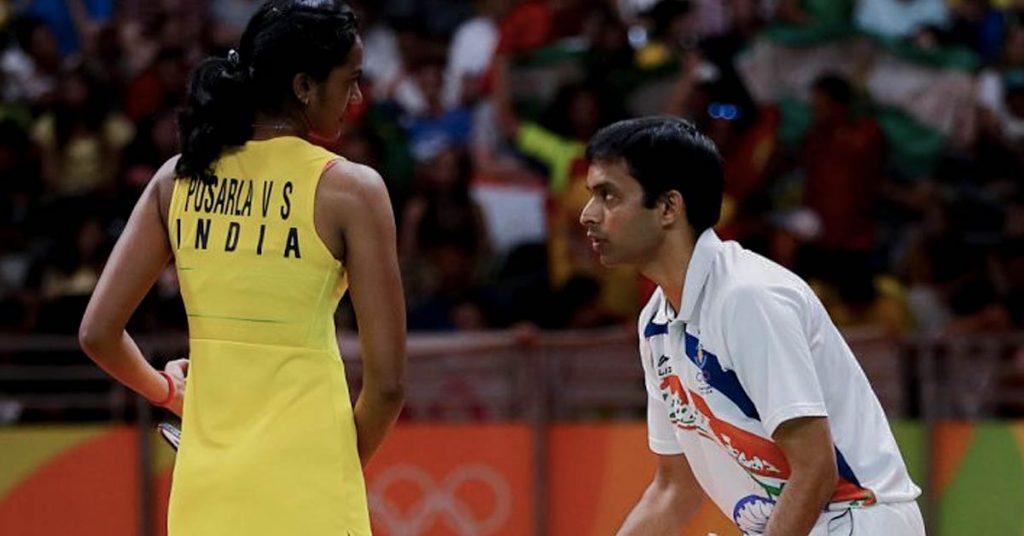 Coaches have a major role to play because they can judge and analyze even the non-measurable aspects of an athlete due to their rich experience. (Image: India TV News)
Coaches have a major role to play because they can judge and analyze even the non-measurable aspects of an athlete due to their rich experience. (Image: India TV News)
To elaborate, there are two parts to the talent selection process: talent identification and talent confirmation. When it comes to talent identification, the coach’s inputs play a crucial role. However, we all will agree that there is no foolproof way of talent identification. In fact, the younger the age at which talent is identified, the higher is the probability of error. This is where talent confirmation is required. The best time for talent confirmation is 2-3 years post talent identification, and talent confirmation is the area where we need sports science.
It’s a rather complex exercise where the focus should be on identifying talent that is not just best at the current age but also provides the maximum probability of being the best at the right age.
IN – When it comes to the ideal age for talent identification, there seem to be varying theories. For e.g., one school of thought says “catch them young” and another school of thought believes in avoiding early specialization. With your experience of working with different countries, has a consensus been arrived at as to what is the ideal age for talent identification in different sports?
OK – There is a well-known term in sports, “optimum age for top performance.” Optimum age refers to the age at which an athlete is physically, psychologically, mentally, and socially ready to face the toughest competitions at the international level. This optimum age varies from one sport to another.
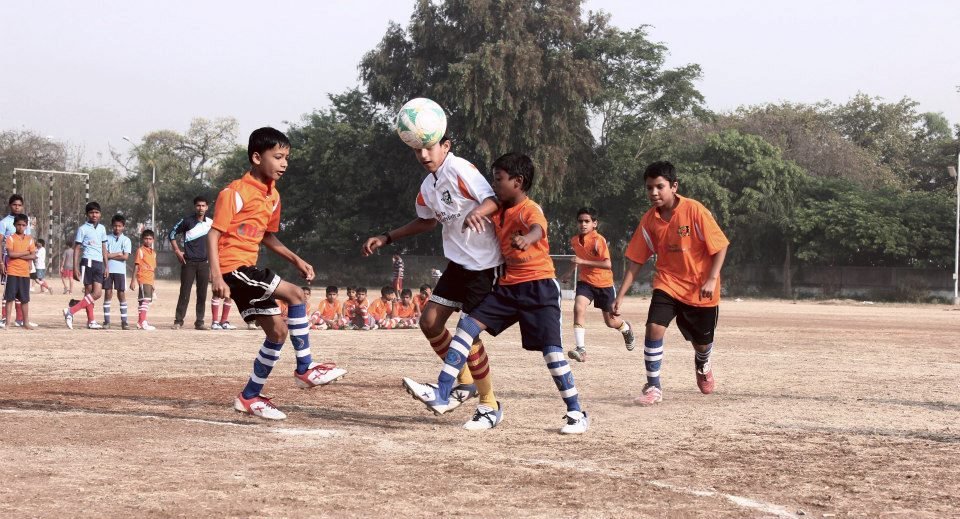 Optimum age refers to the age at which an athlete is physically, psychologically, mentally, and socially ready to face the toughest competitions at the international level.
Optimum age refers to the age at which an athlete is physically, psychologically, mentally, and socially ready to face the toughest competitions at the international level.
So, there has to be a balance between the two areas. One is that we shouldn’t lose out on the time required to achieve the international standards of performance. Second, we need to ensure that we don’t overdo it, to avoid burnout of athletes before their optimum age.
Although there is no clear-cut formula when it comes to the right age at which kids have to start specialized training in a particular sport, we can derive the age from the optimum age for a sport. Ideally, 8-10 years of training is required to excel in any sport. So if the optimum age for gymnastics is 18, the kid should start at around 7 or 8 years of age.
IN – Within the context of talent development, what are some of the key abilities, such as technical, social, psychological, or even life skills, that should be developed to ensure that an athlete is ready to compete consistently at the highest level in international competitions?
OK – It brings us back to the understanding of “potential.” Every sport demands different abilities. Some of the abilities can be developed; however, there are one or two abilities that we can call as prerequisites for any sport and which must inherently exist in an athlete.
For instance, in any of the combat sports, such as boxing and wrestling, the potential athlete must have the right psychological profile, i.e., (s)he should be fearless and they should have a high threshold of pain. Such athletes can be physically developed and armed with the proper skills, tactics, and technique. However, if the prerequisite itself is missing, it becomes very difficult to develop world-class athletes.
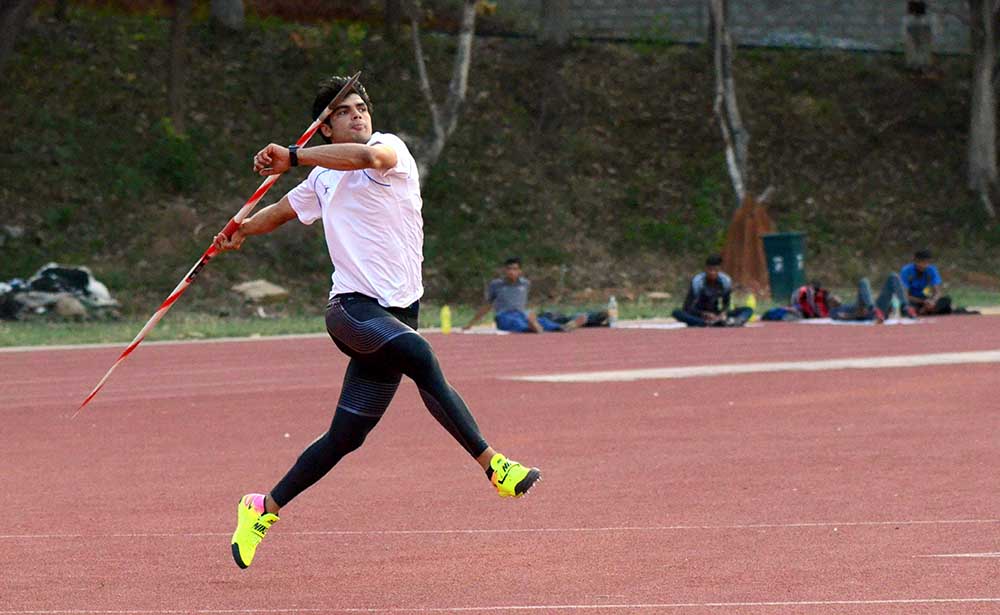 Neeraj Chopra, who has qualified for the Tokyo 2020 Olympics is an example where an athlete has had all the "pre-requisites" to become a world-class sports person. ( Image: City Hub News)
Neeraj Chopra, who has qualified for the Tokyo 2020 Olympics is an example where an athlete has had all the "pre-requisites" to become a world-class sports person. ( Image: City Hub News)
Thai-boxers are a perfect example here. Muay-Thai, a century-old art of Thai boxing, not just helps in developing skills but also produces children who are inherently fearless and do not feel pain. Hence, Thailand has been able to produce world-class boxers with the help of the right coaching.
So, for brutal combat sports, it becomes essential to involve sports psychologists at a very initial stage of talent identification, to identify kids with the right psychological profile.
Drawing a parallel to other sports, in hockey or tennis, for example, good hand-eye coordination is a prerequisite. In gymnastics, flexibility and intelligence are the key requisites. If flexibility exists (in the athlete), speed, coordination, and power can be added to it. If intelligence is present, it becomes easier to remember the complex routine.
It is a very complex thing. However, coaches do have that knowledge and that mantra to understand the pre-requisites, identify talent, and develop the talent. We as sports scientists try to help them as much as we can in the entire process.
IN – In many sports, we generally have very specific and determined physiological profiles to consider an athlete fit for achieving an elite level in sports, such as a minimum height criterion for a basketball player. What happens to the general population who may not have that sort of a gift and cannot be typically slotted into any of these sports?
OK - It's a deep and a partially philosophical question. If we look at the performance pyramid, the widest part of it is known as “sports for all,” whereby everyone is welcome, everyone is invited. Here, instead of talent identification, the sport is treated more like a physical activity that is promoted for all. And from this wide pool, kids get filtered and few reach the top of the pyramid. Schools can be a very good source of this wide pool because, ultimately, all children attend school. Physical education teachers can make notes if they see any special talent in any kid for a particular sport and then send these notes higher up so that the coaches can enroll such kids through the talent detection system.
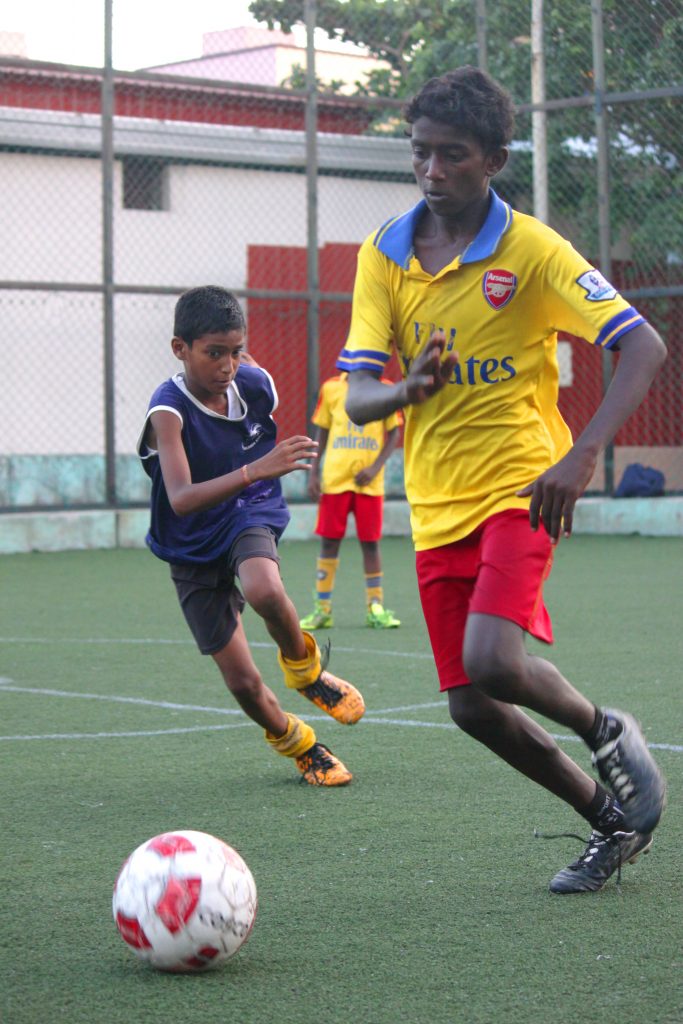 Picking a “sport for a kid” can be enabled by exposing a kid to different varieties and sub-varieties of sports and analyzing where the kid fits best. (Image: Sukumar)
Picking a “sport for a kid” can be enabled by exposing a kid to different varieties and sub-varieties of sports and analyzing where the kid fits best. (Image: Sukumar)
So humanistically speaking, our approach, especially in the Indian context, where we have vast human resources, should be to pick a “sport for a kid” rather than pick a “kid for a sport”. Picking a “sport for a kid” can be enabled by exposing a kid to different varieties and sub-varieties of sports and analyzing where the kid fits best. This will give interesting results not just in terms of high performance but also the physical fitness of the kids who may not play a sport professionally but only as a leisure activity.
Another interesting aspect of high performance that certainly proves beneficial is talent transfer; i.e., if for some reason a budding footballer decides to leave the sport, he can be transferred to athletics because he would have already developed multiple athletic capabilities while training for football.
IN - What are some of the most successful talent identification programs across the world? Since you have experience working in multiple countries, what are some of the best practices that we can apply in the Indian context?
OK – The talent identification programs vary from country to country, depending upon the human resources available. Some countries like the UK or Malaysia, which have limited human resources, will have different talent identification programs than Russia or China. Some countries adopt talent transfer, while some even go to the extent of bringing naturalized foreign athletes.
There can be no perfectly laid out plan that will work for India. Rather, India will have to pick bits and pieces from different talent identification programs and develop a program that is the best-fit in the Indian context.
In India, the challenges are different. While at the country level, there is unlimited human resource, at the state level, that may not necessarily be the case. For e.g., Gujarat may be a big state, but in terms of ideal human resources for sports, it may not be perfect. So, while India should adopt a “sports for kid” program at the national level, in some specific states that do not have enough human resource, the “kid for sports” approach should be adopted, and then it should be allowed to merge into the national approach. Further, each state should examine its children longitudinally ー from 9 years of age to 10,11, and 12 years.
Their growth and development pattern should be observed and then norms and standards should be developed. This can help the sports authorities in profiling and analysing what 95 percentile is, what is plus 2 Sigma, what is minus 3 Sigma, where the issues lie, and they can know exactly what to look for. Based on this data, the physical educators, coaches, and administrators can identify the best talent from the state population and then adjust or map that population to the sports where the state has a potential.
IN – Today, there is much more consensus and realization about the fact that, to reach the elite level in sports, one needs to dedicate at least 8 to 10 years. Recently, the Sports Minister of India also spoke about focusing on the 2028 Olympic games. Even though we are looking at long-term goals, there are immediate steps that need to be implemented now so that we achieve the desired results. In addition to what you mentioned about the state-specific and sport-specific areas of focus, what other milestones or benchmarks can we look forward to starting from now so that 8 to 10 years down the line, we can consistently produce Olympic champions?
OK - Certain things are happening already, important among them being the public-private partnership (PPP). ELMS is doing a great job in this regard. Thanks to ELMS for giving me the opportunity to contribute as well. Apart from what we have already discussed, there are two more points I wish to highlight.
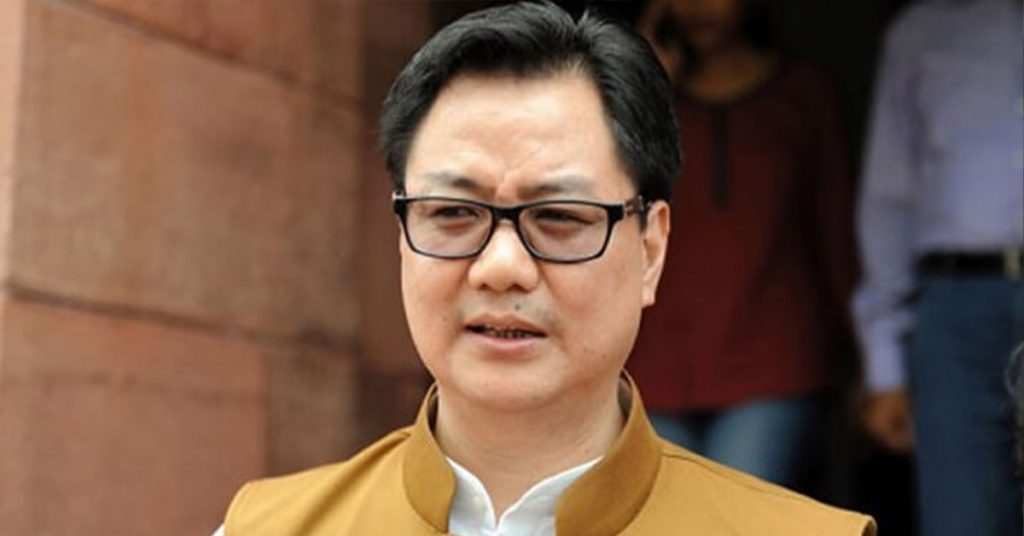 Union mister for sports and youth affairs Kiren Rijiju has raised his expectations for the number of medals from future Olympic games. (Image: Twitter/Sentinel Assam)
Union mister for sports and youth affairs Kiren Rijiju has raised his expectations for the number of medals from future Olympic games. (Image: Twitter/Sentinel Assam)
Discipline and consistency: Certain steps have to be replicated and certain approaches have to be repeated, corrected, experientially connected, and so on. Discipline and actual fulfillment of certain operations and sequences which are effective is essential. To ensure that sports academies in India follow such discipline, they can get themselves ISO certified. I can proudly say that the Nadiad academy is the first academy in India to be ISO certified.
Immaculate planning: From my experience with India, I have observed that there is a lack of planning. There is no fixed national calendar, and the dates of sports events keep changing. This creates havoc and disaster in the planning and periodization of an athlete. We all know that international sports calendars are fixed. India may postpone a national sports event; however, the dates of the Asian Games will not change. So, postponement of one event means an athlete’s entire schedule has to be reworked so that the athlete's peak shape is realized as per the postponed plan. This means that even though the coaches, sports scientists, and athletes may be putting their best foot forward during each training session, this haphazard planning can ruin the athlete’s chances of winning a medal. So, in my opinion, India should have a fixed national sports calendar that is aligned with the international sports calendar.
This interview was first published on elmssportsfoundation.org.
Also Read: India can soon be in the top-10 countries in Paralympics, believes Paralympian Amit Saroha
Also Read: The coach who trained 8 captains of the Indian hockey team

